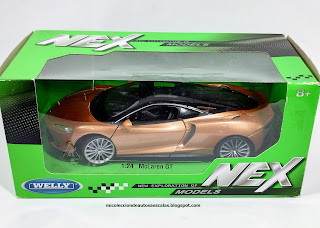La colaboración anunciada hace algunas semanas entre Carroll Shelby y Don “The Snake” Prudhomme ha dado como resultado este excesivamente radical Shelby Mustang GT500 Super Snake Prudhomme Edition, dejando claro que como pitoniso, no tengo ningún futuro.
Cuando se anunció comentaba que esperaba que fuese un Shelby Mustang GT500 con una decoración adaptada a los colores que llevaba Prudhomme en la década de los ‘60 cuando competía en la NHRA. Pues no, como se ve en las imágenes, es algo más que unas simples pegatinas.
Lo más sorprendente es que a pesar de su apariencia de coche de carreras genuinamente americano, está homologado para carretera. Sí, un coche como éste podrías encontrarlo aparcado en cualquier calle de Los Ángeles o de Chicago, junto a los demás coches. Y eso que llamarlo radical es quedarse corto.
Pero no será un modelo nuevo, sino que es un paquete de conversión oficial, disponible únicamente para los Shelby Mustang GT500 producidos entre el 2007 y el 2009. Eso sí, de barato nada, ya que sólo el kit de conversión costará 99.995 dólares. Si no dispones del coche, por 149.995 dólares te lo ponen ellos.
Aparte de las modificaciones estéticas, que son más que evidentes, el motor V8 5.4 se ha sobrealimentado sustituyendo el compresor de serie por un Kenne Bell que eleva su potencia hasta los 750 CV con gasolina convencional (93 octanos). Si se usa gasolina de competición (109 octanos), llega hasta los 800 CV. Brutal.
Pero claro, no sólo hay que cambiar el compresor para que esto funcione bien. Se modifican infinidad de cosas, como la admisión, los escapes, la barra de torretas, las estabilizadores, los frenos, las suspensiones y se eliminan los asientos traseros, entre otras tantas cosas.
La verdad, hubiese preferido algo mucho más sencillo pero mucho más bonito. Eso sí, por potencia bruta no será. A ver quien es el guapo que le planta cara a un bicho como este en un semáforo. No hace falta saber lo que lleva dentro para saber que será una bestia parda acelerando desde parado.


























































